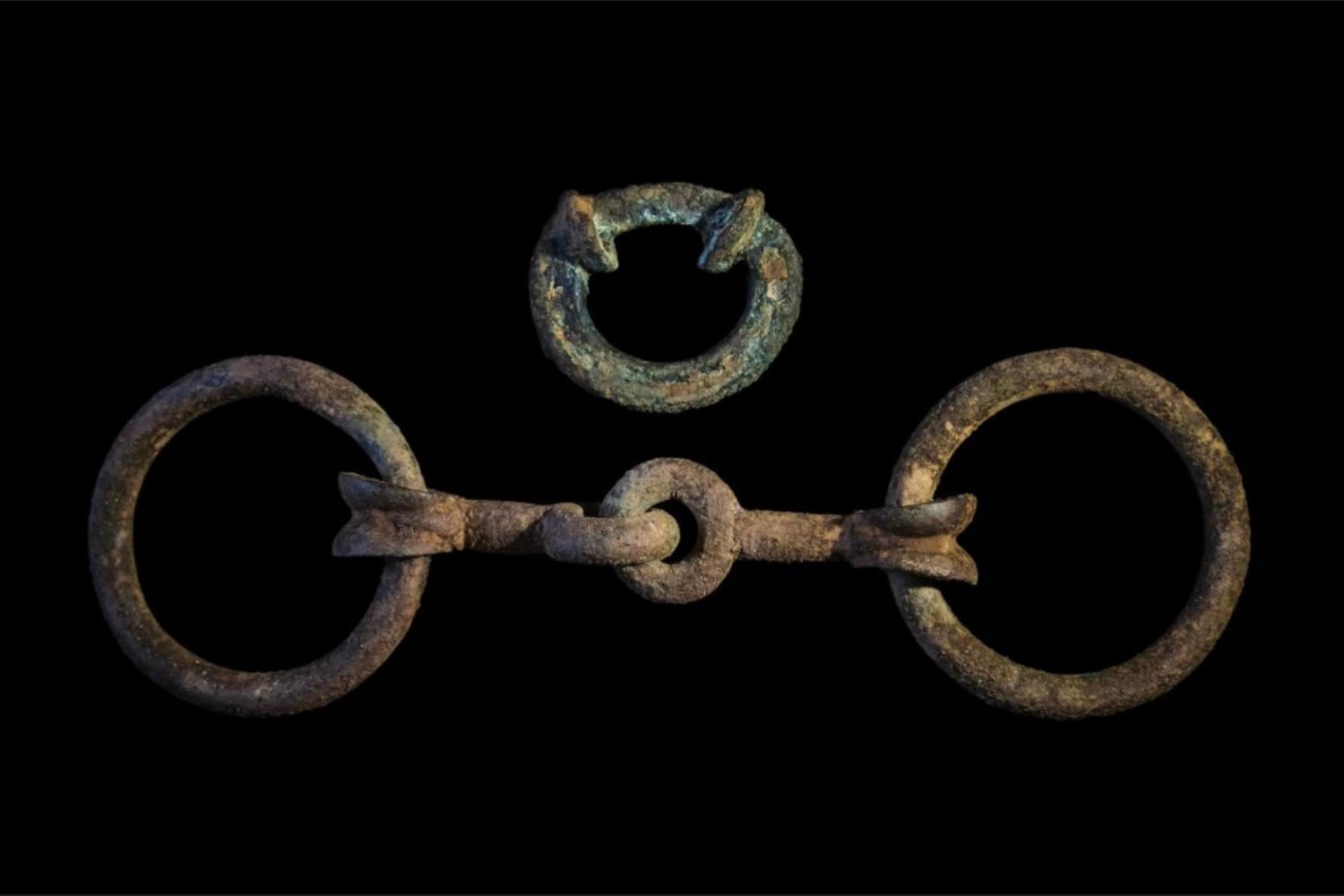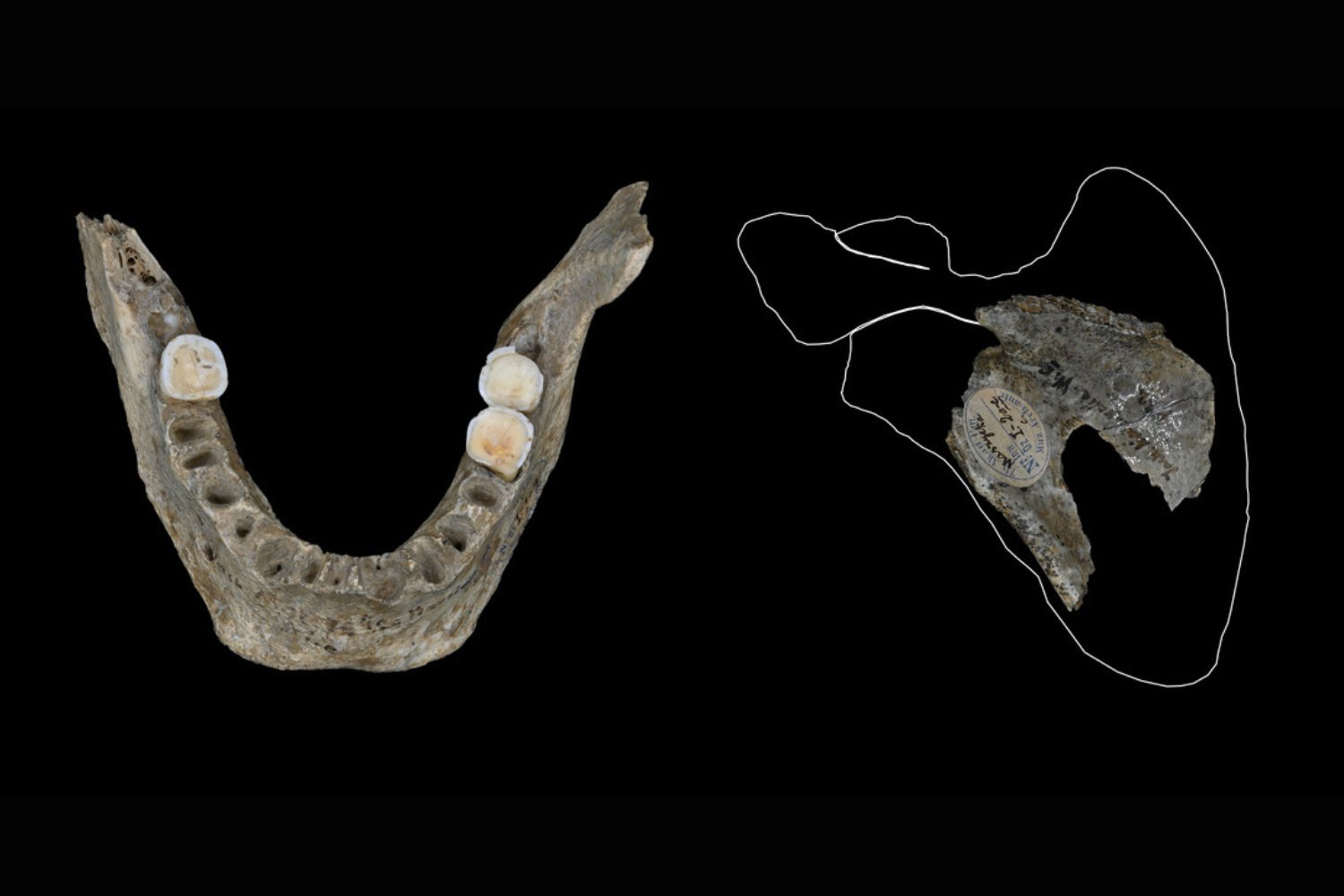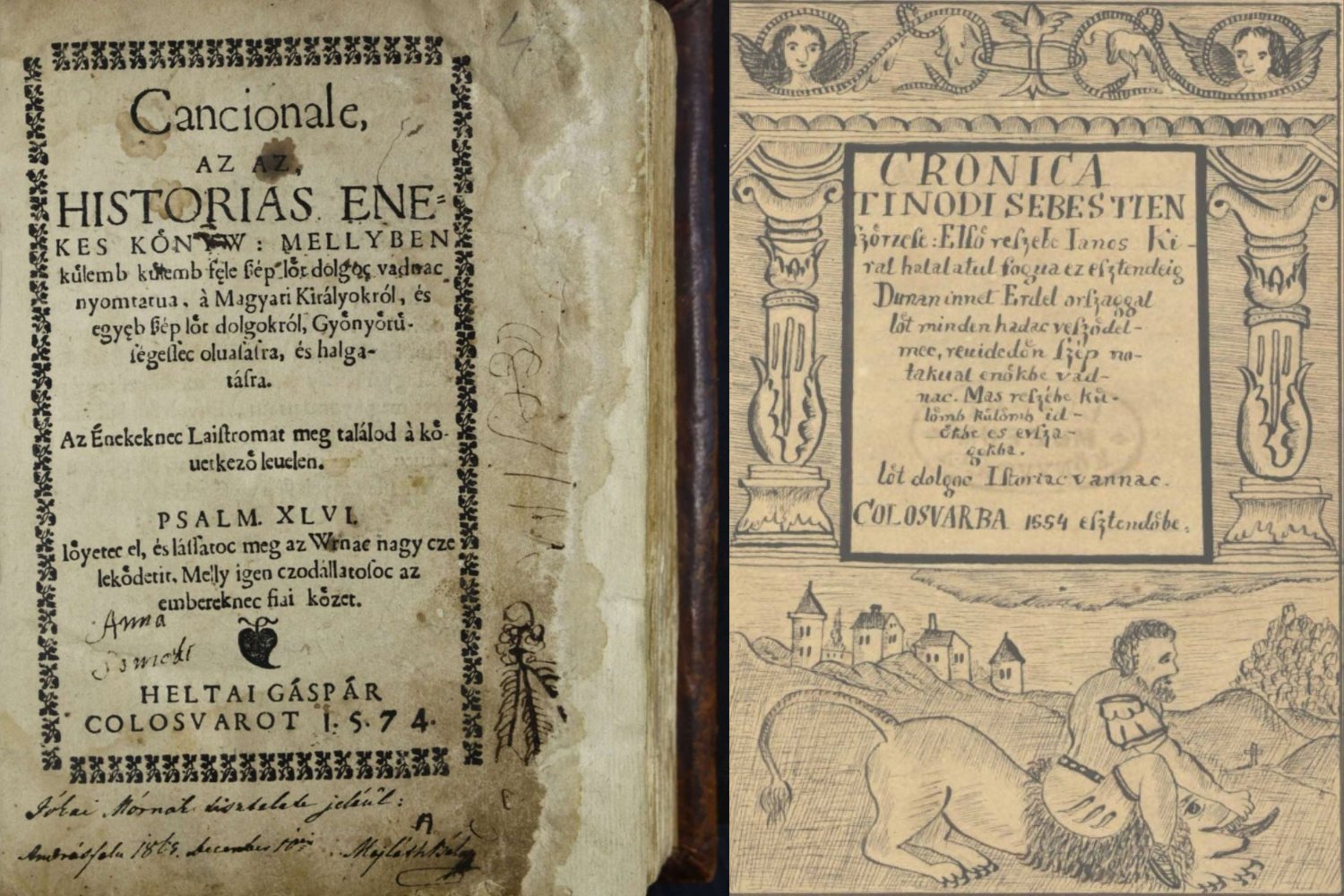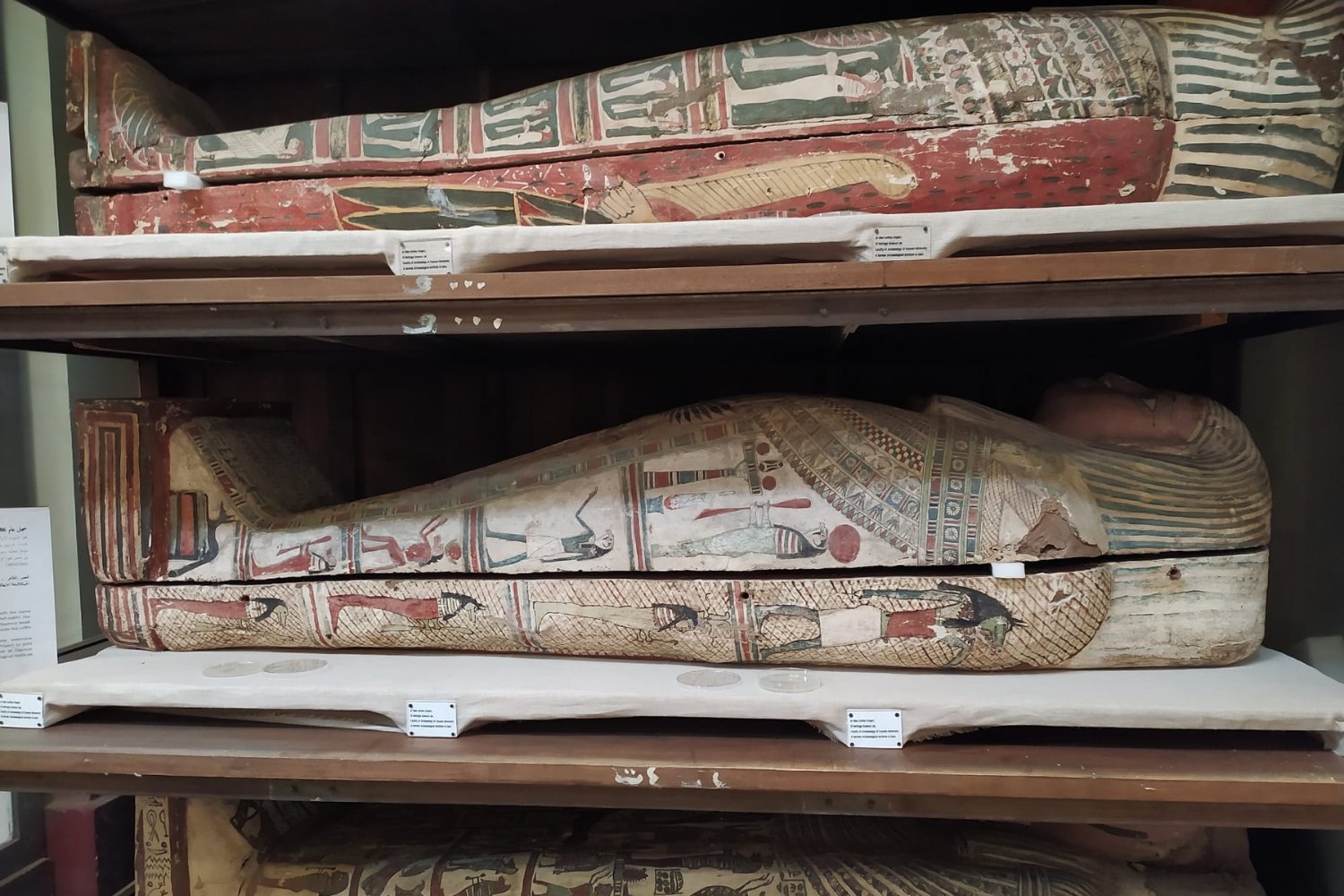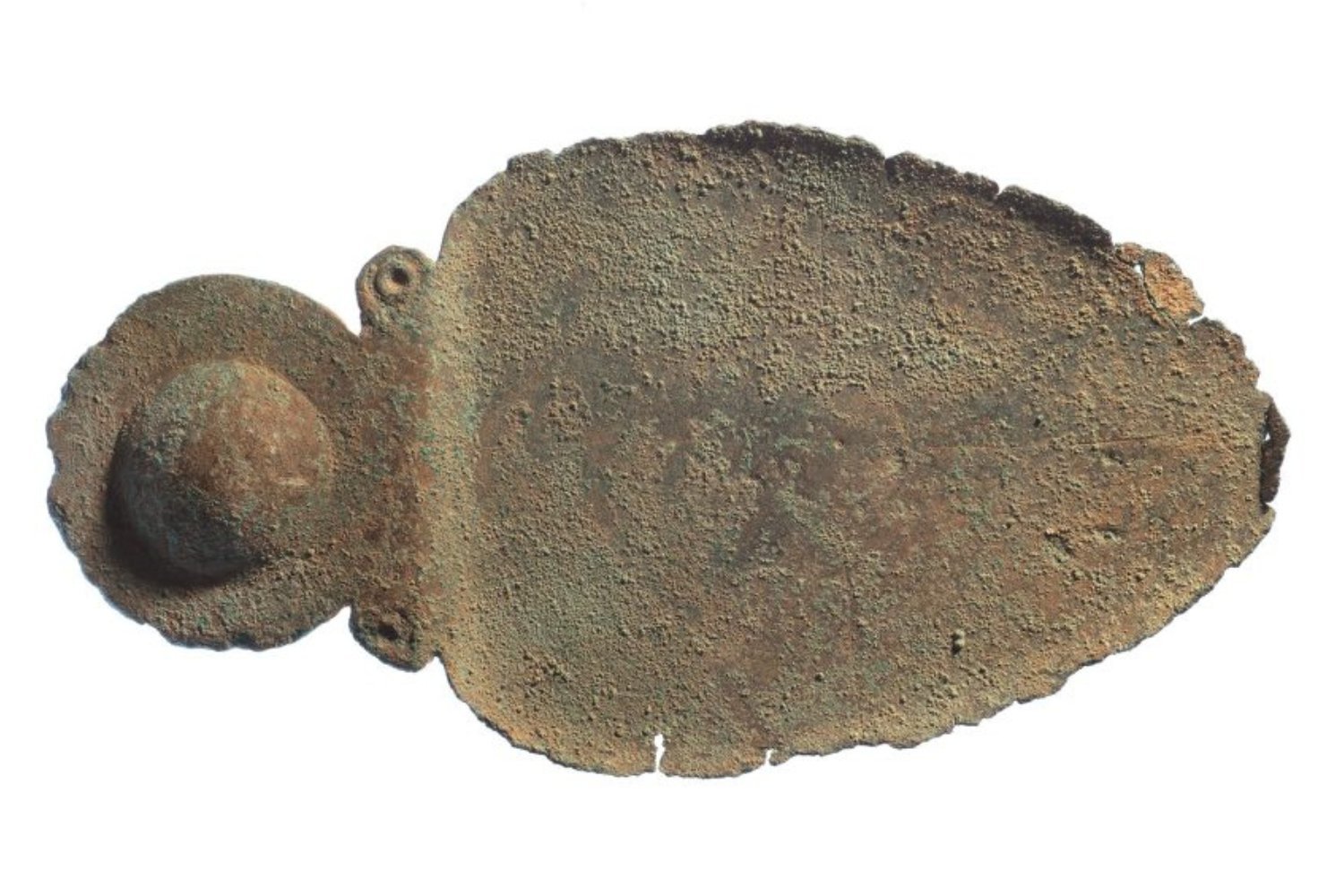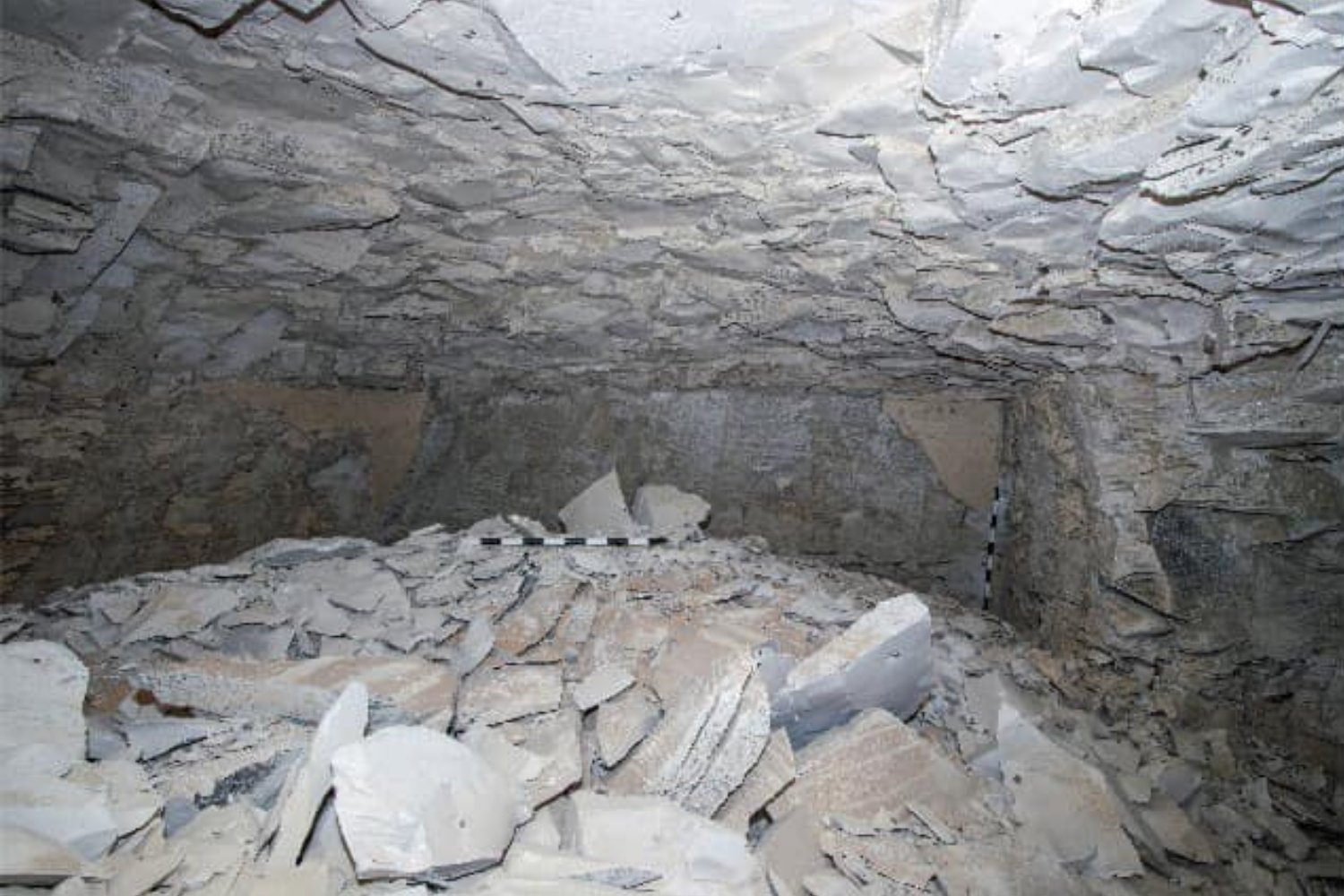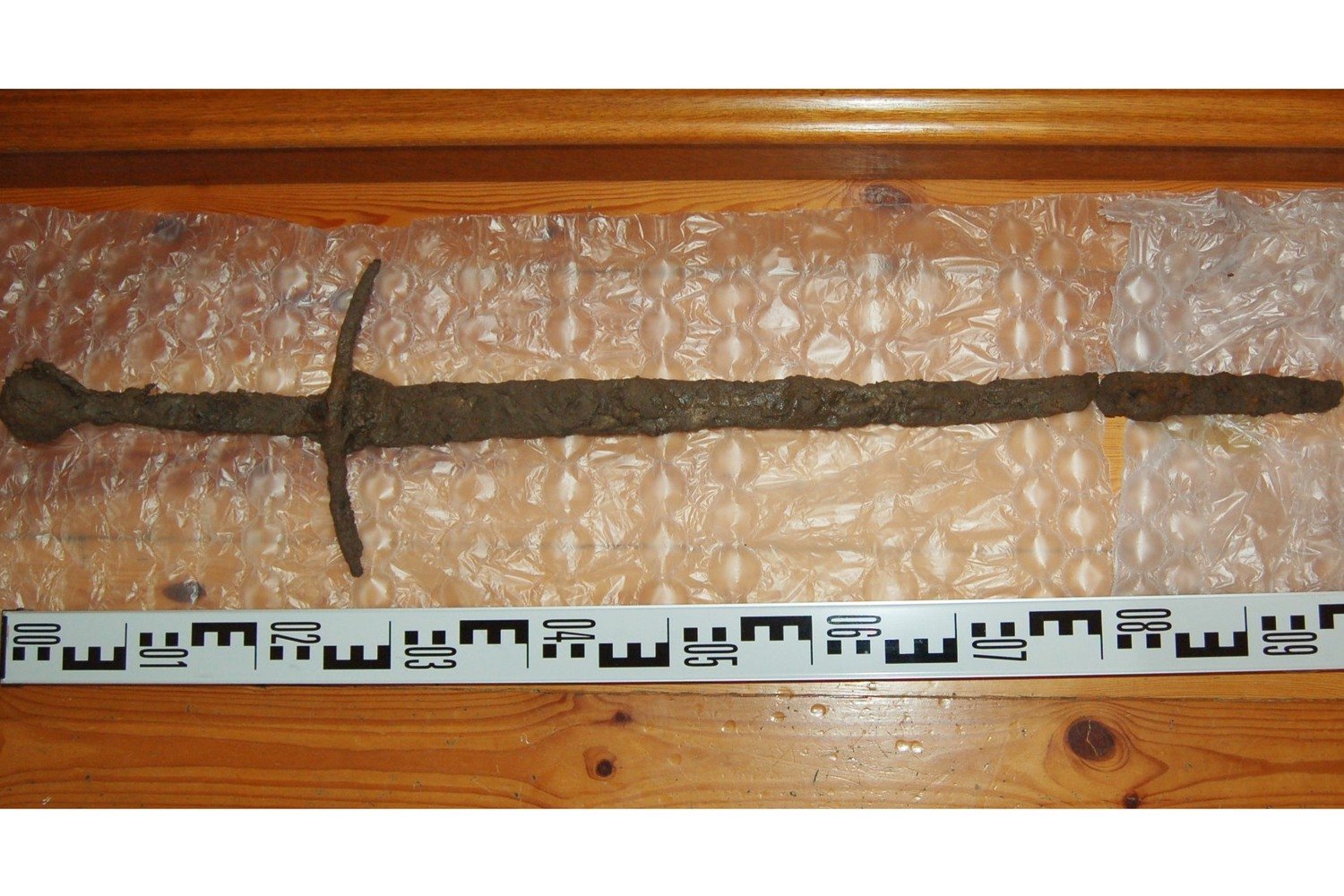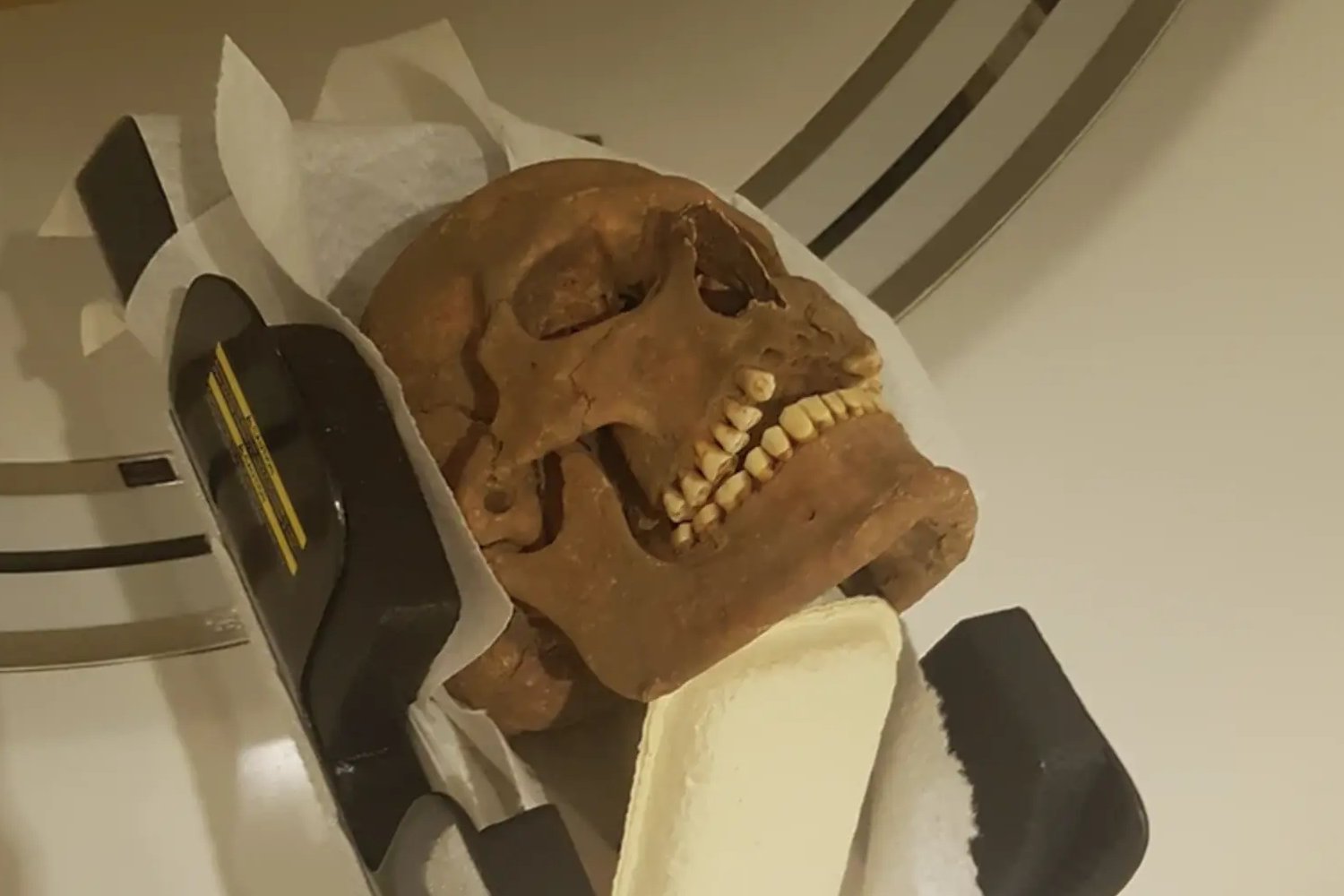Military personnel and veterans participating in Operation Nightingale, an initiative supporting them through archaeology, have made a remarkable discovery at RAF Valley in Wales. Unearthed beneath the airfield are 2,000-year-old Celtic artifacts, officially declared treasure, which likely belonged to a renowned archaeological hoard previously excavated in the 1940s. The finds include horse gear and rare chariot parts, shedding new light on Iron Age Celtic practices.
A Link to the Past: Rediscovering History at RAF Valley
The Defence Infrastructure Organisation (DIO) initiated excavations at RAF Valley in preparation for airfield renovations. This provided an opportunity for Operation Nightingale to engage personnel and veterans in archaeological fieldwork. The discovery underscores the historical significance of the site, extending far beyond its current role in UK defense. Station Commander Gez Currie emphasizes the responsibility to be “stewards of this land,” recognizing the continuum of history spanning over two millennia.
Rare Chariot Pieces and a Connection to the Llyn Cerrig Bach Hoard
Among the remarkable finds are a horse bit dating to approximately 60 CE and a terret ring. The terret ring, used to guide the reins of a horse-drawn Celtic chariot, is particularly significant. It is one of only three ever discovered in Wales with a distinctive red inlay. Archaeologists believe these artifacts are connected to the famed Llyn Cerrig Bach hoard, unearthed in 1943 during wartime construction at the same airfield.
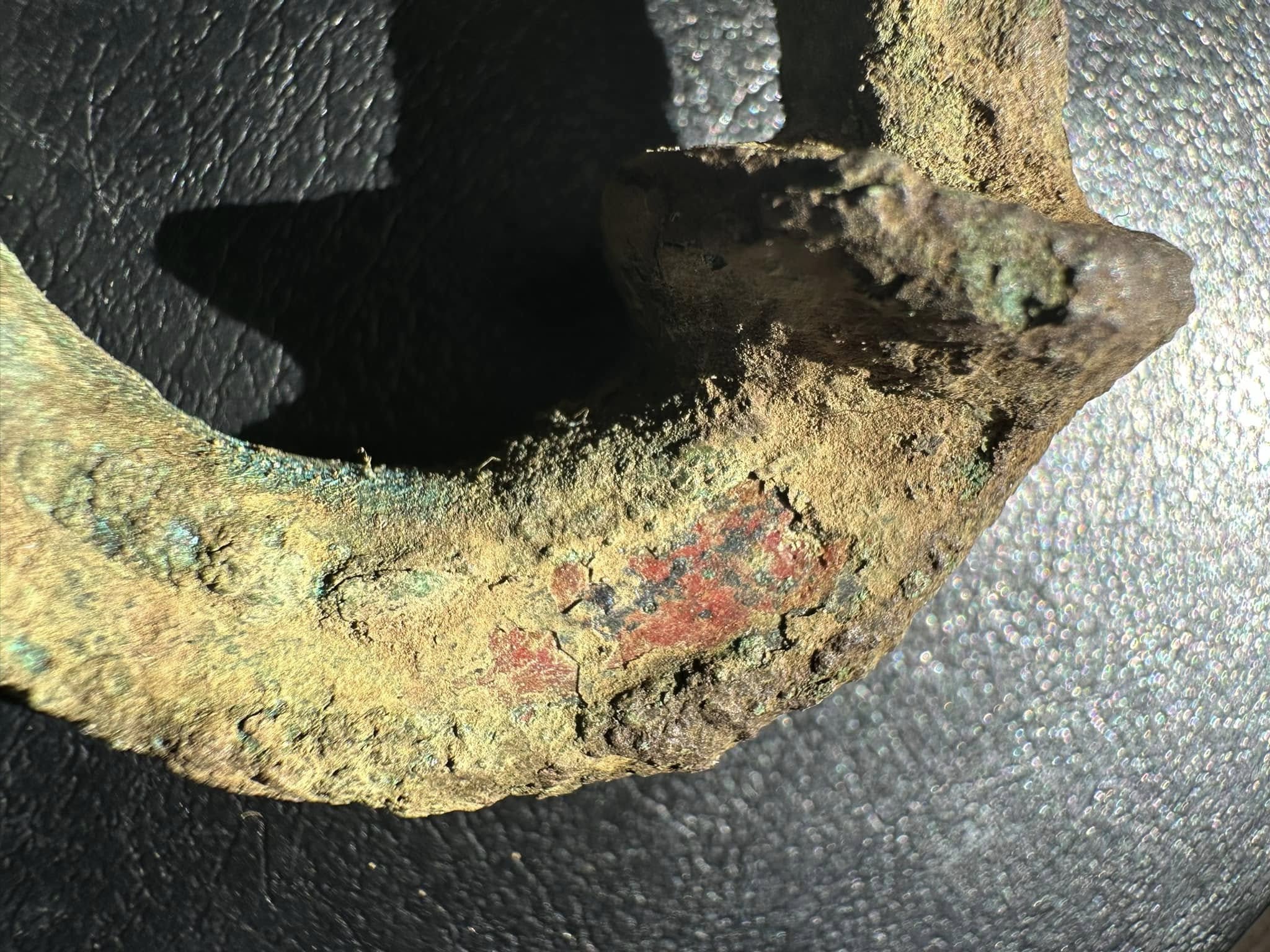 Decorative Red InlayThe intricate red inlay on the terret ring, a remarkable find from the RAF Valley excavation. (Image: Operation Nightingale via Facebook)
Decorative Red InlayThe intricate red inlay on the terret ring, a remarkable find from the RAF Valley excavation. (Image: Operation Nightingale via Facebook)
Flt Sgt Graham Moore recounted the thrilling moment of discovery. “It wasn’t until the final day – with just 10 minutes to go – that I discovered the horse bridle-bit,” he shared. Initial disbelief quickly turned to excitement as the team realized the significance of the find.
Ancient Offerings and Insights into Iron Age Rituals
The Llyn Cerrig Bach hoard consists of over 150 bronze and iron artifacts dating between 300 BCE and 100 CE. It’s believed the Celtic people deposited these items in Llyn Cerrig-bach lake as offerings to their deities. Thousands of years later, during the construction of the airfield’s runway, workers extracted peat from the lake to stabilize the foundations, unknowingly unearthing these ancient treasures.
Llyn Cerrig BachAerial view of Llyn Cerrig Bach, the site of the original hoard discovery.
Adam Gwilt, senior curator of prehistory at Amgueddfa Cymru, the Welsh national museum where the new artifacts will be displayed, expressed astonishment at their remarkable preservation. He highlighted that the bridle-bit and terret ring represent styles not previously found in the original Llyn Cerrig Bach collection.
Adding to the Narrative: New Pieces in an Ancient Puzzle
These new discoveries provide valuable insights into the religious practices of the late Iron Age Celts, particularly the ritualistic offering of prized possessions into the lake. This occurred shortly before or around the time of the Roman invasion of Anglesey, adding another layer of historical context to the finds. The parallels between the wartime discoveries of both the original hoard and these recent artifacts offer a poignant reflection on the enduring impact of conflict throughout history.
Conclusion: Preserving the Past for the Future
The rediscovery of these Celtic artifacts at RAF Valley underscores the importance of archaeological investigation and the invaluable contributions of initiatives like Operation Nightingale. These finds enrich our understanding of Iron Age Celtic culture and strengthen the connection between the present and a rich historical past. The artifacts will be housed at Amgueddfa Cymru, where they will be preserved and studied, continuing to unravel the mysteries of Wales’ ancient past.



